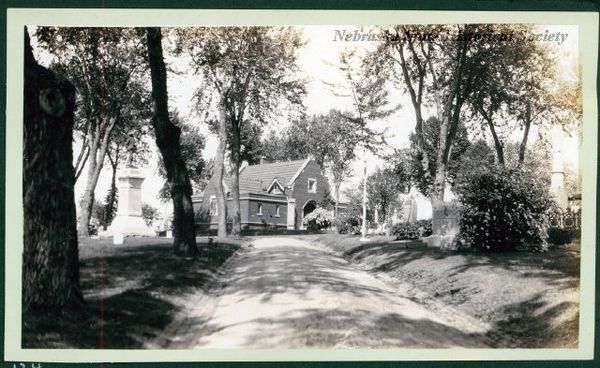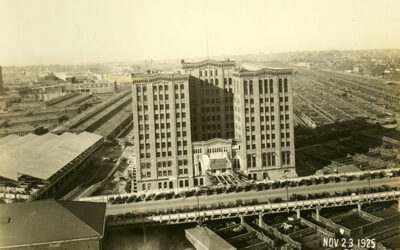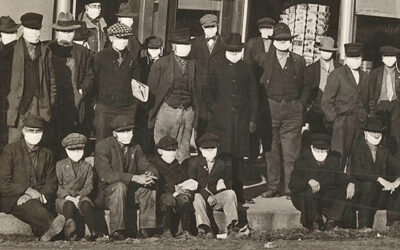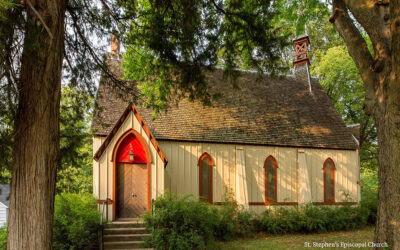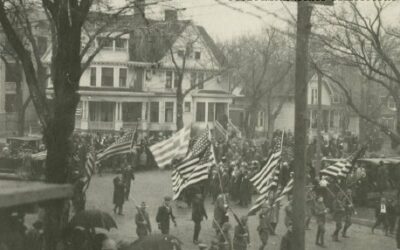Our Historical Markers across Nebraska highlight fascinating moments and places in our state’s past. Today we focus on Omaha’s Prospect Hill Cemetery, which has a history stretching back beyond 1858.
Location
Prospect Hill Cemetery, Parker Street & North 32 Street, Omaha, Douglas County, Nebraska
View this marker’s location 41.276818, -95.960212
Marker Text
Founded in 1858 by Byron Reed, early Omaha real estate developer and financier, Prospect Hill is the final resting place for over 15,000 citizens. While burial permit #1 was issued for Territorial Legislator Alonzo Salisbury on October 4, 1858, many were already buried here in the Cedar Hills and Omaha City Cemeteries, parts of which are within today’s Prospect Hill boundaries. Many prominent Omahans lie here. They gave their names to Omaha streets, schools and churches, and to many Nebraska counties and towns. There are veterans from every American war beginning with the War of 1812. Also interred here are nearly 100 soldiers who died on active duty during the Civil War or while serving at Omaha Barracks (Fort Omaha) from 1863-1887. In 1887, administrative affairs were taken over by Forest Lawn Cemetery. However, in the 1890’s, lot owners formed an Association to operate Prospect Hill. It continues to function. Omaha’s pioneer cemetery, Prospect Hill, remains an active cemetery as well as an historic site which chronicles the growth and development of Omaha and Nebraska.

